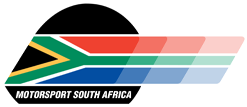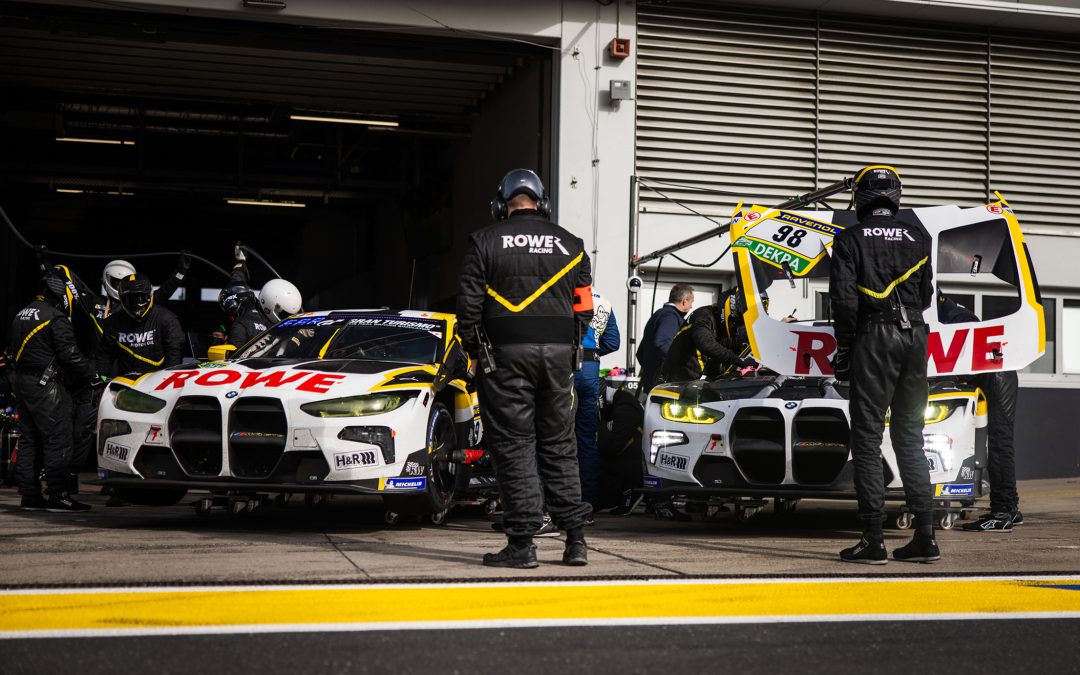Intense phase ahead of the two endurance classics at the Nürburgring and Spa / Augusto Farfus to compete in both BMW M4 GT3s at the ADAC 24h Nürburgring
St. Ingbert, 13th May 2024 – With a total of four overall victories and seven additional podium finishes, ROWE RACING is the most successful team at the two 24 hour races at the Nürburgring and Spa since 2013. This year, the ADAC 24h Nürburgring (1st/2nd June) and the 100th anniversary of the 24 Hours of Spa (29th/30th June) are again scheduled within just four weeks, as in 2020. At that time, ROWE RACING triumphed in both endurance classics. Last year, there were six weeks between the two races – and the St. Ingbert team celebrated its third Spa triumph after finishing second in the Eifel region.
On the Nürburgring Nordschleife, Augusto Farfus, who in 2010 became the first, and to date only, Brazilian to win the “Eifel Marathon”, will compete in both team cars. In the #98 BMW M4 GT3, “Gustl” will share the cockpit with the two previous years’ runners up, Marco Wittmann from Franconia and Maxime Martin from Belgium, as well as the Swiss Raffaele Marciello, one of two new additions at BMW M Motorsport and ROWE RACING. Sheldon van der Linde from South Africa and Belgian Dries Vanthoor switch from the #98 to the #99 BMW M4 GT3 compared to last year, with the second new addition, Robin Frijns from the Netherlands, and Augusto Farfus completing the driver team.
Comprehensive analysis part of the meticulous preparation
One of the secrets to ROWE RACING’s success at the big 24 hour races is extensive and meticulous preparation. “It usually starts twelve months in advance, and even that is almost too little,” revealed Team Principal Hans Peter “HP” Naundorf. “Even during the previous race, we closely examine what we might have done wrong, what was missing, and what can or must be changed. In the first weeks after the race, a comprehensive analysis is created in house of what went well and what didn’t – organisationally, technically, personnel wise, strategically, politically, and in terms of sports rules.” From that analysis and a final debrief, a to-do list for the next race is created.
As early as September and October, discussions begin with partners ROWE MINERALÖLWERK GMBH and BMW M Motorsport, as well as with suppliers such as tyres or radio equipment. This is when the time for possible changes is determined, for example, to the engine, drivetrain, suspension, electronics, or sensors. Between October and December, it is clarified with BMW M Motorsport which works drivers will be available for the races. Once the drivers are confirmed, strategic considerations usually begin in February on how they will be distributed between the two cars and what specific tasks they will receive. A captain is also determined for each driver crew, who acts as the main contact for the engineers. In the weeks before the first preparation races, plans are made on how the new tyres should be tested and used and in which order and situations the drivers are best deployed. “Each driver has their own strengths that we want to make the best use of,” explained HP Naundorf.
Three trucks and 25 to 30 tons of equipment
While ROWE mainly decides which oils and lubricants should be used for the Nürburgring, planning also begins in February for which guests are expected from the partners, what events will take place parallel to the race, or whether cars should be displayed on site. After the first preparation race, the work layout for the ADAC 24h Nürburgring is created in April. “It’s about how the tents in the paddock should be set up, whether there are changes from the previous year, how full the box will be, and whether additional alternative spaces are needed. For a 24 hour race, we always bring our own balancing and mounting machines for the tyres to be more flexible and optimise our quality control,” said the team principal. In total, ROWE RACING travels to the “Eifel Marathon” with three large trucks instead of the usual two, transporting 25 to 30 tons of equipment. In addition, there is another car with a vehicle trailer that could also be used during the race weekend to pick up a car stranded on the Nordschleife or to take a damaged car for repair if necessary.
Currently, the team is in the hot phase of preparation for the Nürburgring. In a period of about two weeks, the race cars are completely dismantled after their last outing, and numerous components are renewed. This is followed by a roll-out on an airport runway, after which the two BMW M4 GT3s are thoroughly checked again. In the last week before the race, the trucks are loaded starting Wednesday. “Usually, we finish by Friday noon, and after that, the whole team can relax for one more weekend,” said HP Naundorf. Then, on Monday before the race, it’s off to the racetrack, Tuesday is for setup on site, Wednesday the drivers and the team principal arrive who tunes the whole team for the race weekend. In total, the team consists of 65 internal and external people, with additional staff for marketing, press, and catering.
“The first day of the event is already hardcore for everyone, and you have to get through it well,” explained the team principal, referring to Thursday, with the first qualifying and the night qualifying, during which one or both cars may also have to qualify for the important Top Qualifying. “The tension is already high, and for one or two drivers, it’s also the only day they sit in the car before the actual race,” said HP Naundorf. Then the break can last from Thursday evening until Saturday evening. Meanwhile, the team principal, two BMW engineers, the two race engineers, the performance engineer, and the material, workshop and car managers fine tune the strategy.
Different approaches at the Nürburgring and at Spa
The strategies at the Nürburgring and in Spa are very different, as HP Naundorf explained. “The ADAC 24h Nürburgring is the toughest race in the world because every single second you lose on the track remains until the end, as this race, unlike all others in the world, is never neutralised. Therefore, it’s mainly about not making mistakes and doing a perfect job from start to finish. Then there’s the unpredictability of this unique track. You can be well sorted out, but coincidences and bad luck can always set you back, and then it’s very hard to come back to the front.” Four weeks later at Spa, where two official test days are scheduled for 21st and 22nd May, the character is quite different. For one, all participating cars are on a comparable performance level, and at the season highlight of the GT World Challenge Europe, there are always Full Course Yellow periods and Safety Car deployments, which can melt away any possible gaps between the participants. “That makes you strategise differently at Spa, trying first to stay out of trouble, not make mistakes, and stay in the lead lap at all costs. Only later in the race do you try to gain positions and move forward,” said HP Naundorf.
119,892 race kilometres in 24 hour classics
The fact that the St. Ingbert team masters both tactics is shown by the success record at these two endurance classics. In a total of 21 races, a ROWE RACING car made it to the podium eleven times, so in more than every second race. To date, a total of 56 drivers have competed, covering 119,892 race kilometres – 66,846 kilometres at the Nürburgring and 53,046 kilometres at Spa.
CALENDAR 24-HOUR RACES
01.06.2024: ADAC 24h Nürburgring
29.06.2024: 24 Hours of Spa
Published by: Rowe Racing
MSA Publishes media releases from a host of different sources on our website as a service to the sport. It is not practically possible to vet/approve every release that is published. Some news items and articles are written by correspondents and do not necessarily represent MSA’s views.

